Professional industry ceramic supplier, silicon nitride, silicon carbide, aluminum nitride and any other kinds of ceramics.
Aluminum Nitride AlN
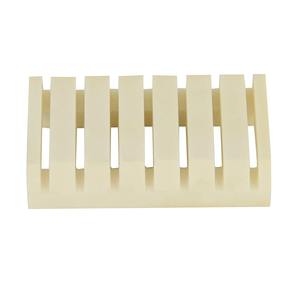
Erosion Resistant Ceramic Aln Aluminum Nitride Insulating Rod / Stick
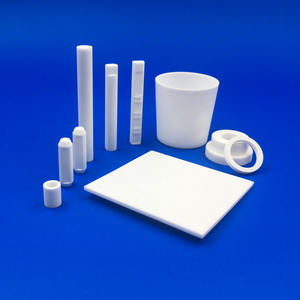
Aluminum Oxide Nitride Aluminum Nitride Insert Tube for
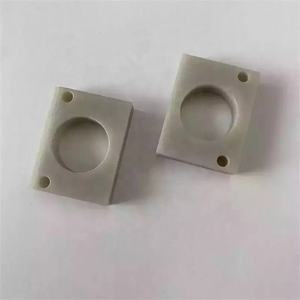
Ceramic Insulation High Temperature Aln Aluminum Nitride Rod Roller Shaft Cylinder
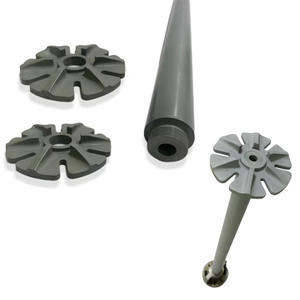
Aln Aluminum Nitride Ceramic Parts Ceramic Rod
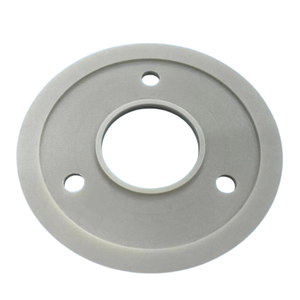
High Thermal Conductivity Aluminum Nitride Aln Ceramic Sleeve

Innovacera 170W/Mk Gray Aln Aluminum Nitride Tube / Bush / Bushing / Inert Tube/ Sleeve

High Temperature Ceramic Tubular Dry Press Aluminum Nitride Bush Bushing Rod
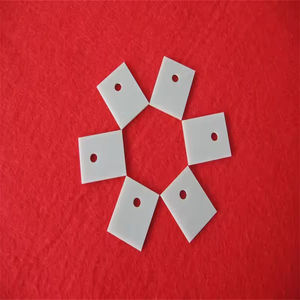
China Polished Aluminum Nitride Ceramic Part Used in Electrical Industry
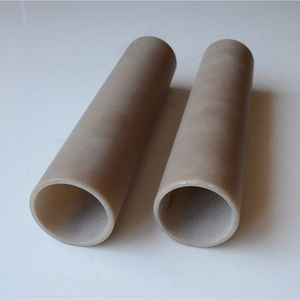
Industry Heat Sink Big Size Aln Substrate Aluminum Nitride Ceramic Plate
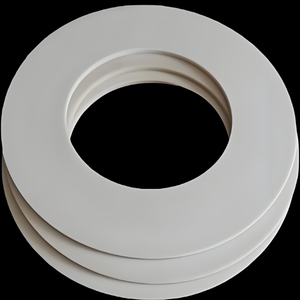
Hot 99.9% Purity Metal Aluminum Nitride Ceramic Powder Aln White Powder CAS 24304-00-5 Used in Industry Aluminium Nitride Powder

Sy Aln Aluminum Nitride Powder CAS 24304-00-5 for Electronic Industry
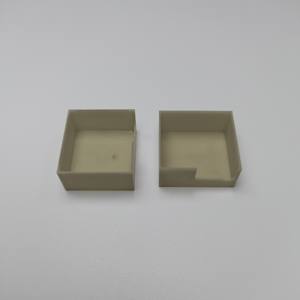
Aluminum Nitride Aln Aluminum Nitride Powder for Electronic Industry CAS 24304-00-5
Overview of Aluminum Nitride Ceramic
Aluminum Nitride (AlN) is a premium technical ceramic renowned for its exceptional thermal conductivity and reliable electrical insulation. Synthesized from a covalently-bonded compound of aluminum and nitrogen, it represents a cornerstone material for high-performance applications in the electronics, semiconductor, and power generation industries. Unlike alumina, AlN offers a unique combination of high heat dissipation and a thermal expansion coefficient closely matched to silicon, making it an indispensable solution for modern thermal management challenges.
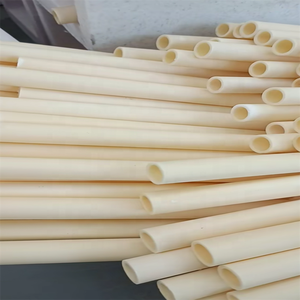
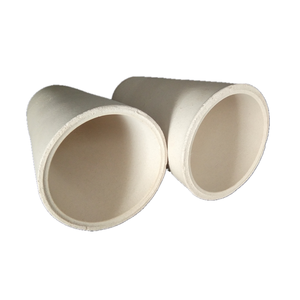
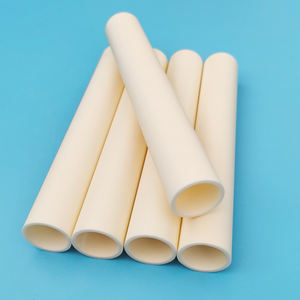
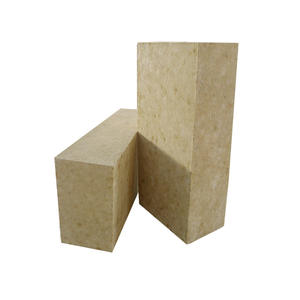
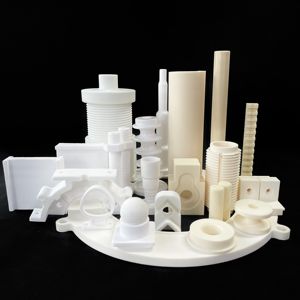
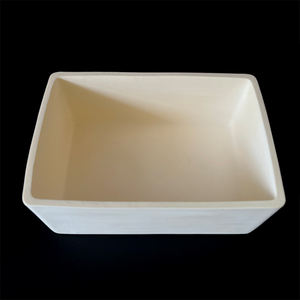
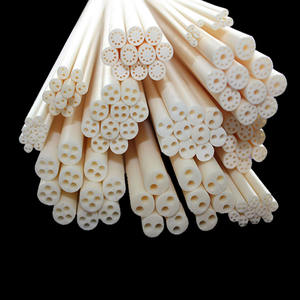
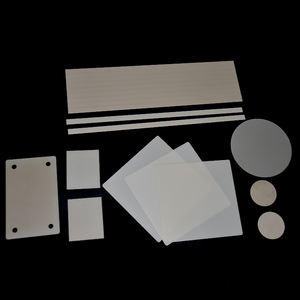
Features of Aluminum Nitride Ceramic
Aluminum Nitride stands out due to its superior material properties:
- Exceptional Thermal Conductivity: Offers thermal conductivity ranging from 170 to 230 W/mK, rivaling that of beryllium oxide (BeO) but without the associated toxicity.
- Excellent Electrical Insulation: Provides high electrical resistivity and strong dielectric strength, ensuring reliable performance in high-voltage environments.
- Low Thermal Expansion: Features a coefficient of thermal expansion (CTE) closely matched to silicon (Si), minimizing stress and preventing delamination in direct-bonded assemblies.
- High Mechanical Strength: Possesses good mechanical properties and hardness, providing structural integrity in demanding applications.
- Non-Toxic: A safe and environmentally friendly alternative to BeO ceramics.
Applications of Aluminum Nitride Ceramic
The unique properties of AlN make it the material of choice for a wide array of advanced applications:
- Semiconductor Manufacturing: Used for wafer processing susceptors, electrostatic chucks (ESCs), and diffusion fixture plates.
- Power Electronics: Ideal substrate material for high-power LED modules, laser diodes, and IGBT modules.
- RF/Microwave Packages: Serves as a high-performance package material for microwave and RF power transistors due to its excellent thermal and electrical properties.
- Heat Sinks & Spreader Plates: Utilized in high-density electronic assemblies where efficient heat removal is critical.
- Industrial Heating Systems: Components for molten metal processing and high-temperature furnaces.
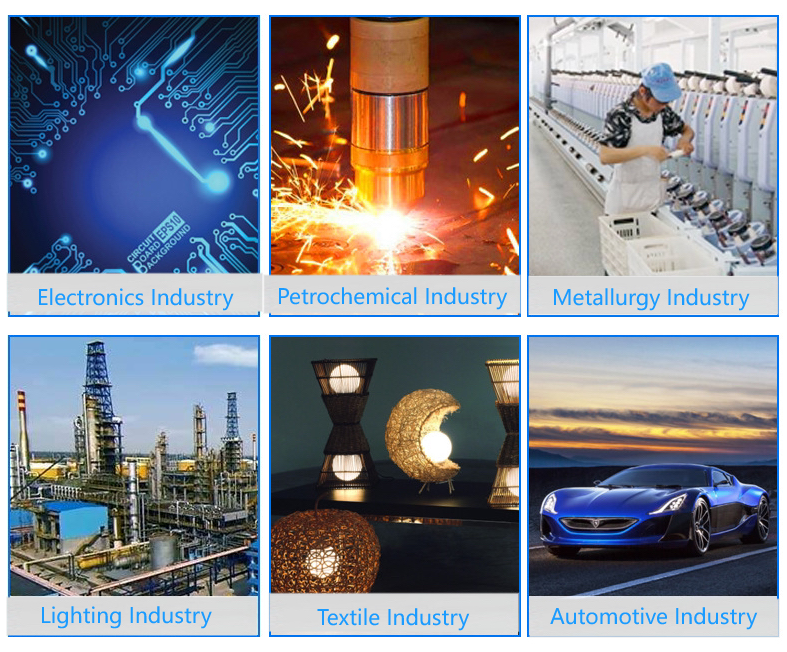
Specification Table of Aluminum Nitride Ceramic
| Property | Typical Value | Unit |
|---|---|---|
| Thermal Conductivity | 170 - 230 | W/mK |
| Coefficient of Thermal Expansion (25-300°C) | 4.5 - 5.5 | x10⁻⁶/°C |
| Flexural Strength | 300 - 400 | MPa |
| Volume Resistivity (at 25°C) | >10¹⁴ | Ω·cm |
| Dielectric Strength | 15 - 20 | kV/mm |
| Dielectric Constant (at 1 MHz) | 8.5 - 9.0 | - |
| Density | ~3.3 | g/cm³ |
Note: Specifications can vary based on manufacturing process and purity. Custom properties are available upon request.
Company Profile
Tanki New Materials Co.Ltd. focus on the research and development, production and sales of ceramic products, serving the electronics, ceramics, chemical and other industries. Since its establishment in 2015, the company has been committed to providing customers with the best products and services, and has become a leader in the industry through continuous technological innovation and strict quality management.
Our products includes but not limited to Aerogel, Aluminum Nitride, Aluminum Oxide, Boron Carbide, Boron Nitride, Ceramic Crucible, Ceramic Fiber, Quartz Product, Refractory Material, Silicon Carbide, Silicon Nitride, ect. please feel free to contact us.
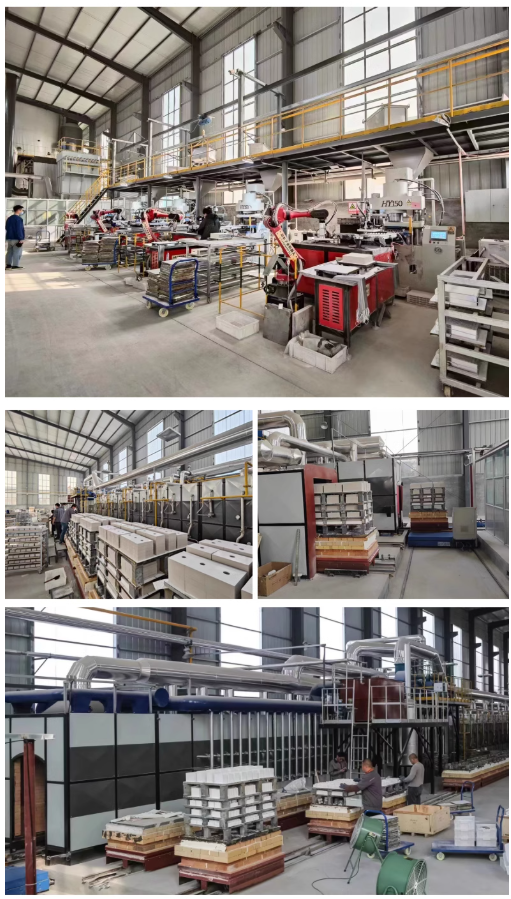
Payment Methods
T/T, Western Union, Paypal, Credit Card etc.
Shipment Methods
By air, by sea, by express, as customers request.
5 FAQs of Aluminum Nitride Ceramic
1. How does Aluminum Nitride compare to Alumina (Al₂O₃)?
While alumina is a good general-purpose insulator, AlN offers 8-10 times higher thermal conductivity, making it far superior for heat dissipation. It also has a better CTE match to silicon.
2. Is Aluminum Nitride toxic?
No. The sintered, solid AlN ceramic is completely safe and non-toxic, unlike Beryllium Oxide (BeO), which poses a health hazard if inhaled as dust.
3. Can Aluminum Nitride be metallized for brazing?
Yes. AlN components can be reliably metallized using thick-film (Mo-Mn) or thin-film (sputtering) processes, allowing for strong, hermetic seals to metal housings or other components.
4. What are the limitations of Aluminum Nitride?
The primary limitation is cost, as it is more expensive to produce than alumina. It can also be susceptible to hydrolysis if exposed to moisture at very high temperatures for prolonged periods without a protective coating.
5. What machining methods are used for AlN ceramics?
AlN can be precision machined in its pre-sintered "green" state or, with more difficulty, in its fully dense state using diamond grinding, laser cutting, and ultrasonic machining.
